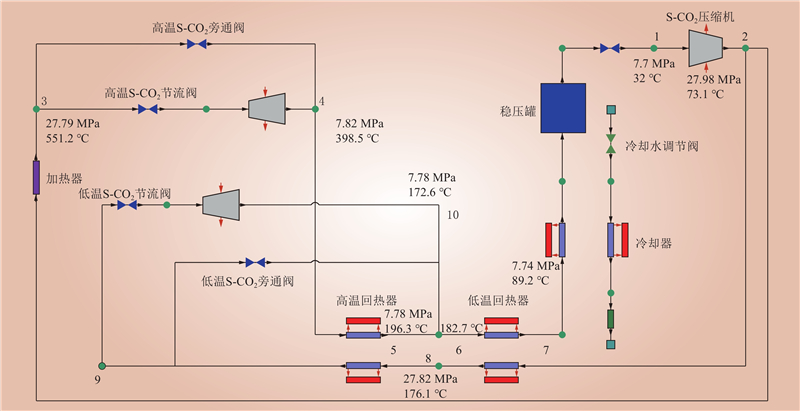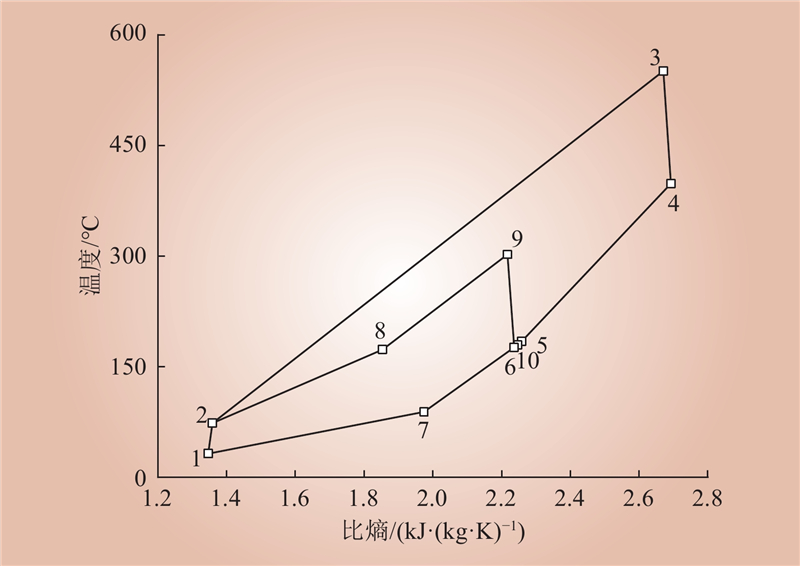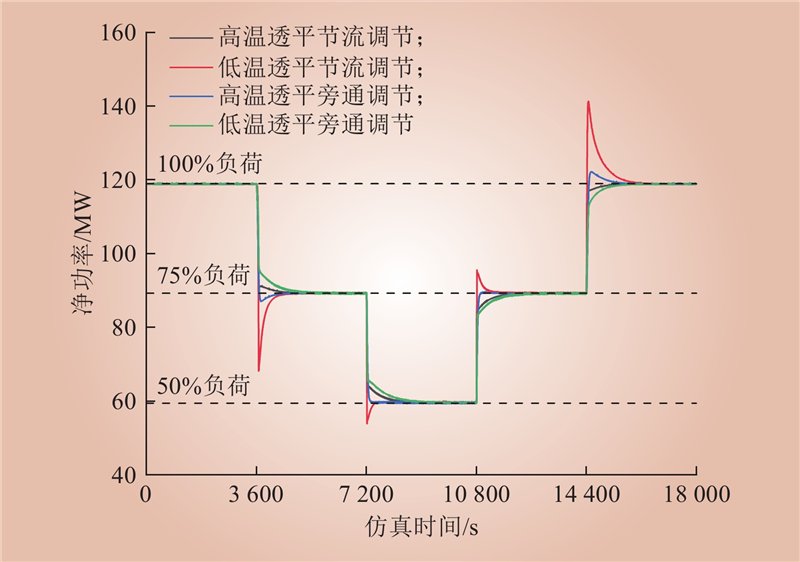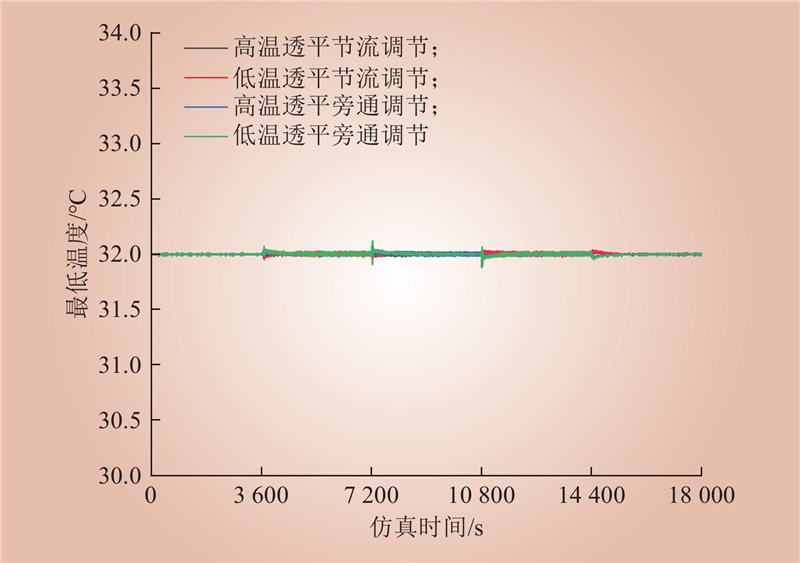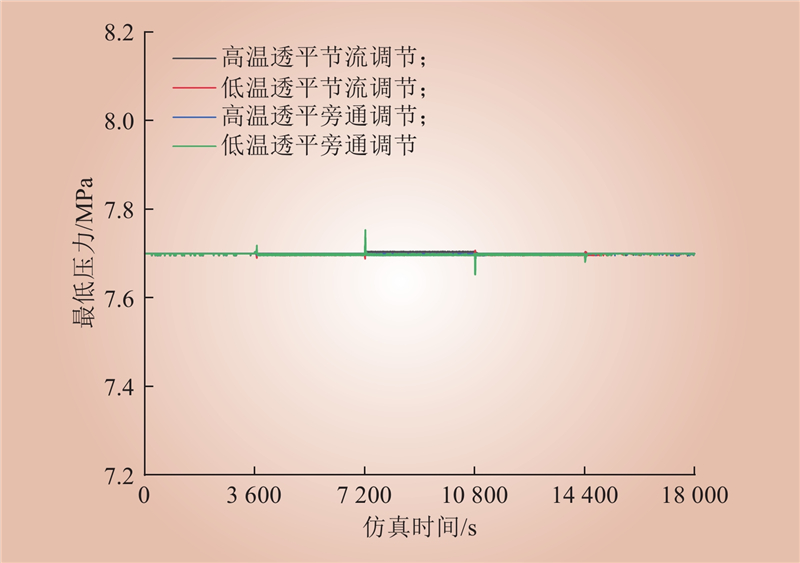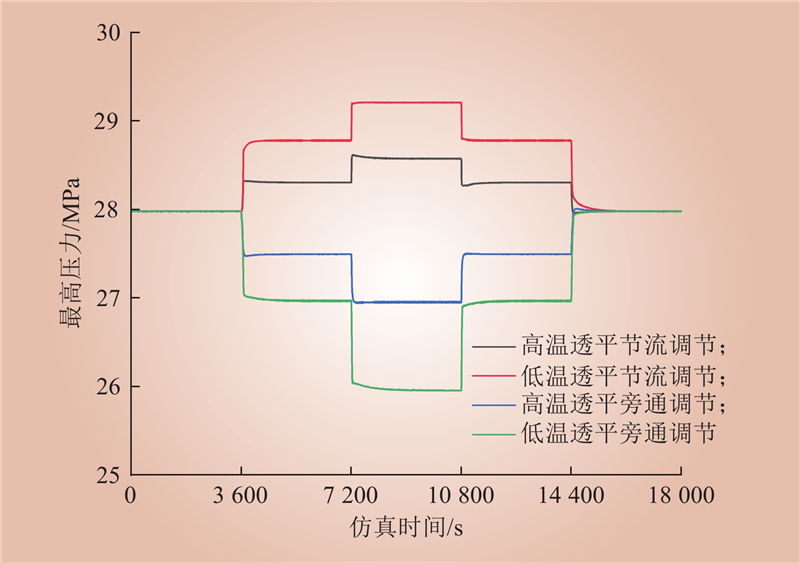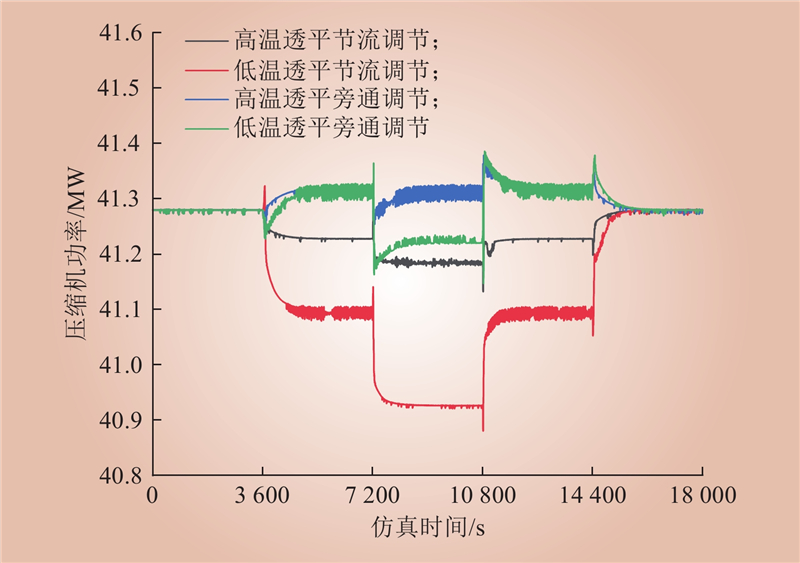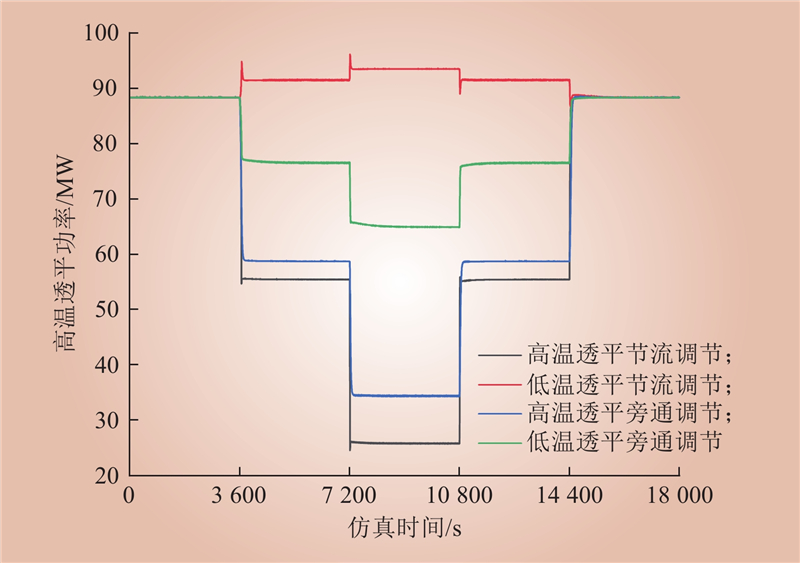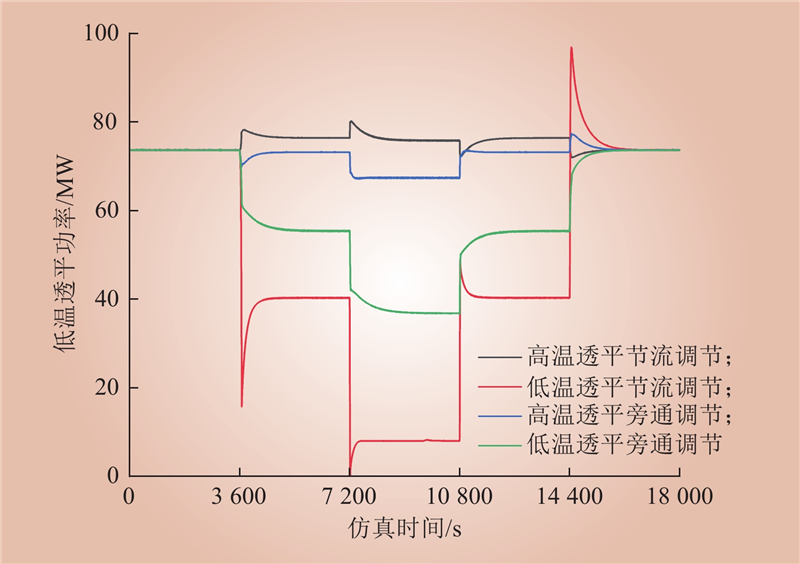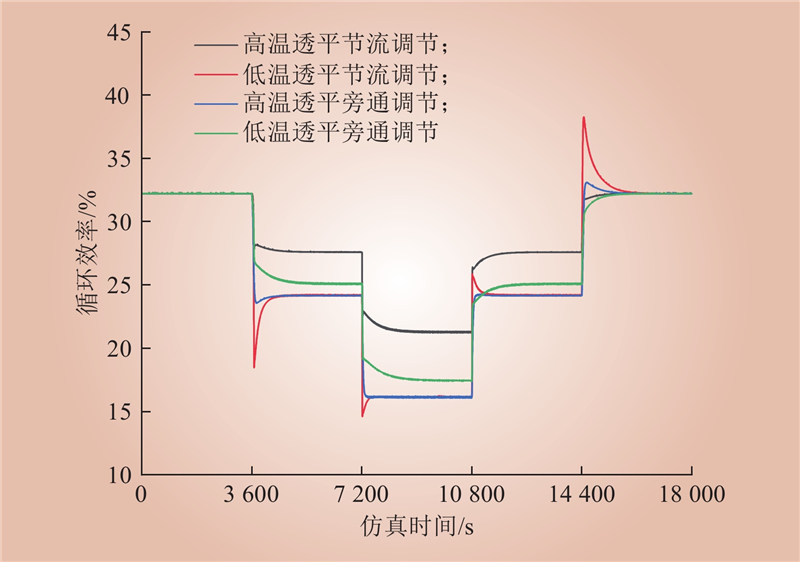| 1 |
GUO J Q, LI M J, HE Y L, et al. A systematic review of supercritical carbon dioxide(S-CO2) power cycle for energy industries: technologies, key issues and potential prospects[J]. Energy Conversion and Management, 2022, 258, 115437.
DOI
|
| 2 |
XU J L, LIU C, SUN E H, et al. Perspective of S-CO2 power cycles[J]. Energy, 2019, 186, 115831.
DOI
|
| 3 |
EHSAN M M, GUAN Z Q, GURGENCI H, et al. Feasibility of dry cooling in supercritical CO2 power cycle in concentrated solar power application: review and a case study[J]. Renewable and Sustainable Energy Reviews, 2020, 132, 110055.
DOI
|
| 4 |
董洁, 乔建强. “双碳”目标下先进煤炭清洁利用发电技术研究综述[J]. 中国电力, 2022, 55 (8): 202- 212.
|
|
DONG Jie, QIAO Jianqiang. A review on advanced clean coal power generation technology under "carbon peaking and carbon neutrality" goal[J]. Electric Power, 2022, 55 (8): 202- 212.
|
| 5 |
MA T, LI M J, XU J L, et al. Study of dynamic response characteristics of S-CO2 cycle in coal-fired power plants based on real-time micro-grid load and a novel synergistic control method with variable working conditions[J]. Energy Conversion and Management, 2022, 254, 115264.
DOI
|
| 6 |
刘文杰, 彭慈华, 姚剑, 等. 直膨式太阳能PVT热泵热水系统运行性能仿真与分析[J]. 中国电力, 2023, 56 (3): 23- 29.
|
|
LIU WenJie, PENG Cihua, YAO Jian, et al. Simulation and analysis on the solar-assisted direct-expansion PVT heat pump hot water system in Lingang[J]. Electric Power, 2023, 56 (3): 23- 29.
|
| 7 |
郭亚龙, 刘铠瑞, 王超, 等. S-CO2发电系统负荷跟随控制策略及动态特性研究[J]. 中国电机工程学报, 2023, 43 (23): 9149- 9161.
|
|
GUO Yalong, LIU Kairui, WANG Chao, et al. Study on load following control strategy and dynamic characteristics of S-CO2 power generation system[J]. Proceedings of the CSEE, 2023, 43 (23): 9149- 9161.
|
| 8 |
李新宇, 秦政, 董克用, 等. 超临界二氧化碳再压缩循环发电系统安全控制试验研究[J]. 中国电机工程学报, 2023, 43 (17): 6727- 6737.
|
|
LI Xinyu, QIN Zheng, DONG Keyong, et al. Experimental study on safety control of supercritical carbon dioxide recompression cycle power system[J]. Proceedings of the CSEE, 2023, 43 (17): 6727- 6737.
|
| 9 |
赵德材, 王波, 张士杰. 超临界二氧化碳布雷顿循环的透平旁路启动特性[J]. 中国电机工程学报, 2023, 43 (23): 9161- 9171.
|
|
ZHAO Decai, WANG Bo, ZHANG Shijie. Turbine bypass startup characteristics of supercritical carbon dioxide Brayton cycle[J]. Proceedings of the CSEE, 2023, 43 (23): 9161- 9171.
|
| 10 |
BIAN X Y, WANG X, WANG R, et al. Optimal selection of supercritical CO2 Brayton cycle layouts based on part-load performance[J]. Energy, 2022, 256, 124691.
DOI
|
| 11 |
MA T, LI M J, XUE X D, et al. Study of peak-load regulation characteristics of a 1000MWe S-CO2 coal-fired power plant and a comprehensive evaluation method for dynamic performance[J]. Applied Thermal Engineering, 2023, 221, 119892.
DOI
|
| 12 |
WANG R, LI X Y, QIN Z, et al. Control strategy for actual constraints during the start–stop process of a supercritical CO2 Brayton cycle[J]. Applied Thermal Engineering, 2023, 226, 120289.
DOI
|
| 13 |
GAO C T, WU P, LIU W H, et al. Development of a bypass control strategy for supercritical CO2 Brayton cycle cooled reactor system under load-following operation[J]. Annals of Nuclear Energy, 2021, 151, 107917.
DOI
|
| 14 |
DAI C H, SONG P, MA C, et al. Research on response characteristics and control strategy of the supercritical carbon dioxide power cycle[J]. Processes, 2021, 9 (11): 1943.
DOI
|
| 15 |
LIESE E, ALBRIGHT J, ZITNEY S. Startup, shutdown and load-following simulations of a 10 MWe supercritical CO2 recompression closed Brayton cycle[J]. Applied Energy, 2020, 277, 115628.
DOI
|
| 16 |
YANG Z J, LE MOULLEC Y, ZHANG J Y, et al. Dynamic modeling of 5 MWe supercritical CO2 recompression Brayton cycle[C]//AIP Conference Proceedings. Santiago, Chile. 2018: 070003.
|
| 17 |
张一帆, 李红智, 刘岗, 等. 压缩机透平分轴布置的超临界CO2简单回热循环动态特性[J]. 中国电机工程学报, 2023, 43 (11): 4116- 4127.
|
|
ZHANG Yifan, LI Hongzhi, LIU Gang, et al. Dynamic characteristics of the supercritical CO2 simple recuperation cycle with compressor and turbine arranged in separate shafts[J]. Proceedings of the CSEE, 2023, 43 (11): 4116- 4127.
|
| 18 |
薛琪, 冯民, 马云铎, 等. 超临界二氧化碳核能系统负荷运行策略研究[J]. 西安交通大学学报, 2023, 57 (5): 136- 148.
|
|
XUE Qi, FENG Min, MA Yunduo, et al. Study on load operation strategy for supercritical carbon dioxide nuclear power system[J]. Journal of Xi'an Jiaotong University, 2023, 57 (5): 136- 148.
|
| 19 |
覃硕, 梁世强, 朱玉铭, 等. 超临界二氧化碳闭式布雷顿循环压缩机升速过程实验和模拟[J]. 中国电机工程学报, 2023, 43 (11): 4150- 4160.
|
|
QIN Shuo, LIANG Shiqiang, ZHU Yuming, et al. Experiment and simulation of the speed-up process of supercritical carbon dioxide closed Brayton cycle compressor[J]. Proceedings of the CSEE, 2023, 43 (11): 4150- 4160.
|
| 20 |
代浩. 超临界二氧化碳循环燃煤发电机组建模与仿真研究[D]. 北京: 华北电力大学, 2022.
|
|
DAI Hao. Research on modeling and simulation of supercritical carbon dioxide cycle coal-fired power generation unit[D]. Beijing: North China Electric Power University, 2022.
|
| 21 |
MANENTE G, FORTUNA F M. Supercritical CO2 power cycles for waste heat recovery: a systematic comparison between traditional and novel layouts with dual expansion[J]. Energy Conversion and Management, 2019, 197, 111777.
DOI
|
| 22 |
CHO S K, KIM M, BAIK S, et al. Investigation of the bottoming cycle for high efficiency combined cycle gas turbine system with supercritical carbon dioxide power cycle[C]//ASME Turbo Expo 2015: Turbine Technical Conference and Exposition, Montreal, Quebec, Canada. 2015.
|
| 23 |
WANG D, REN X, ZHANG J K, et al. Comparative investigation on techno-economics of cascade supercritical CO2 combined cycles for waste heat recovery of typical gas turbines[J]. Thermal Science and Engineering Progress, 2023, 42, 101941.
DOI
|
| 24 |
陈豪. 燃气-超临界二氧化碳联合循环系统优化及动态特性研究[D]. 上海: 上海电力大学, 2022.
|
|
CHEN Hao. Optimization and dynamic characteristics of gas supercritical carbon dioxide combined cycle system[D]. Shanghai: Shanghai University of Electric Power, 2022.
|
| 25 |
PITLA S S, ROBINSON D M, GROLL E A, et al. Heat transfer from supercritical carbon dioxide in tube flow: a critical review[J]. HVAC& R Research, 1998, 4 (3): 281- 301.
|



